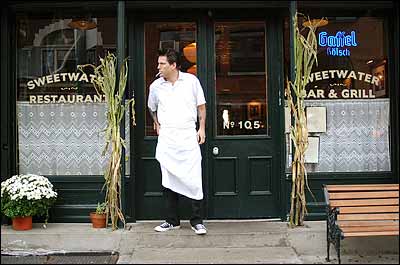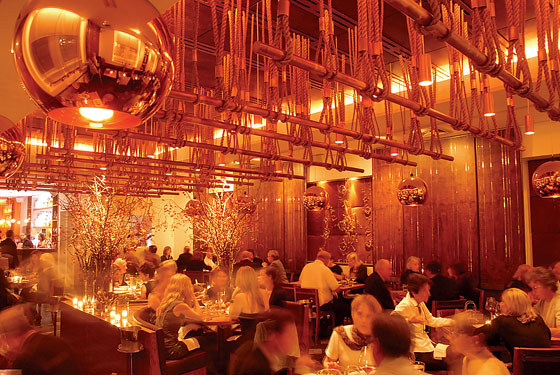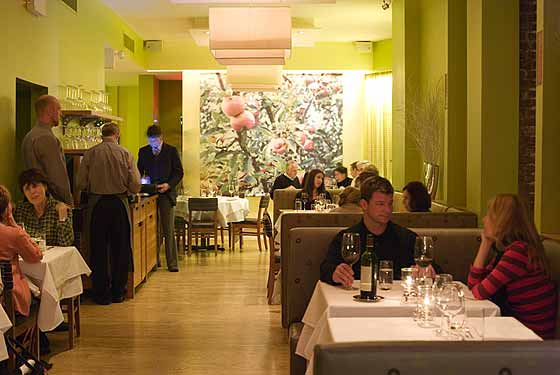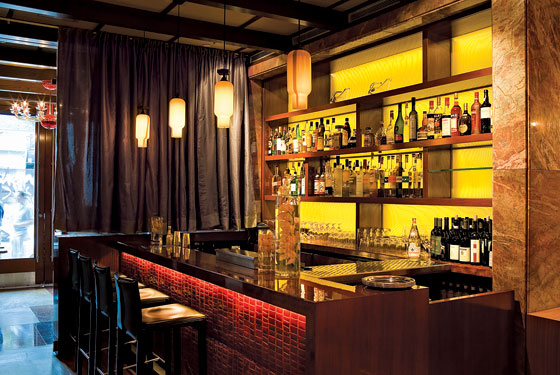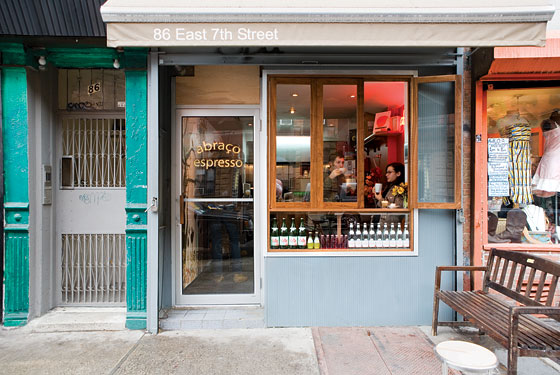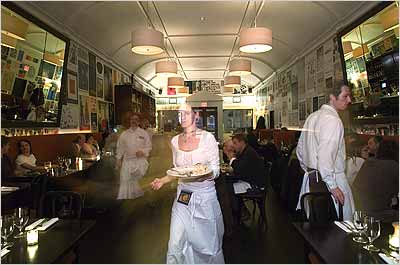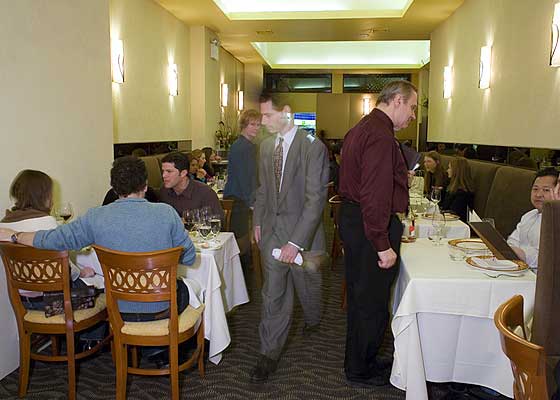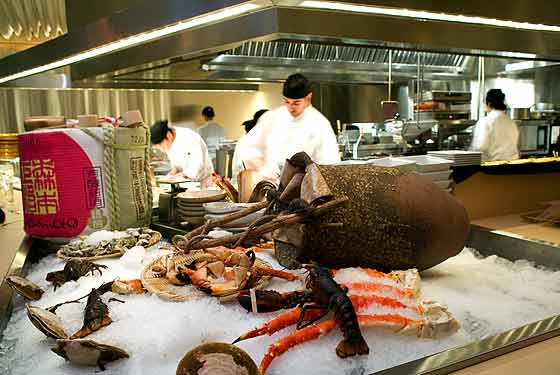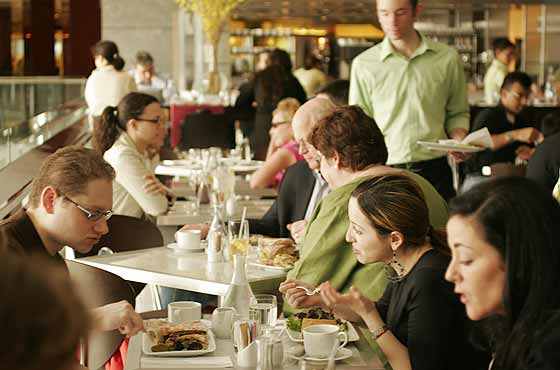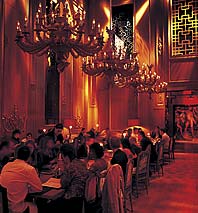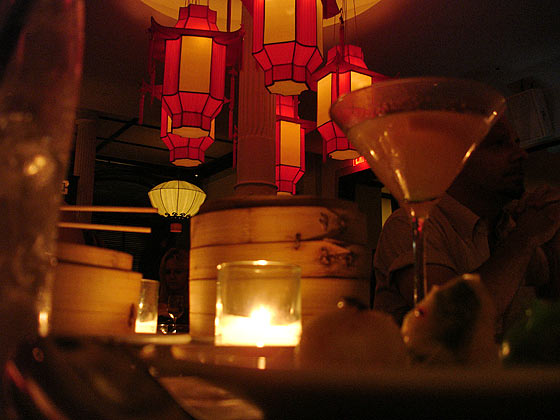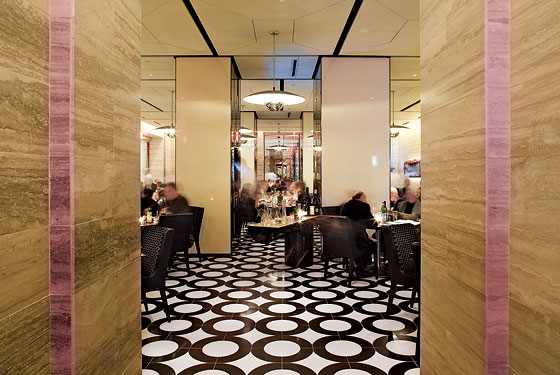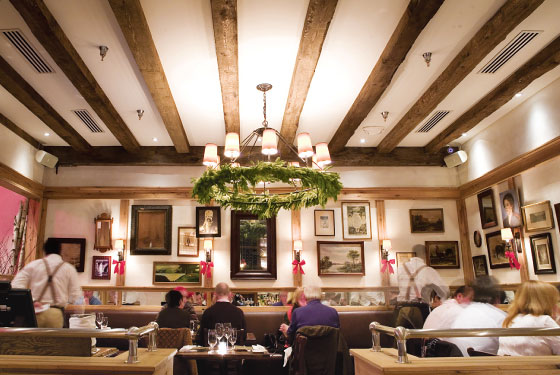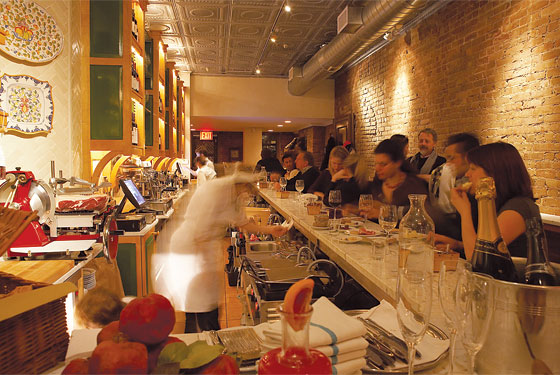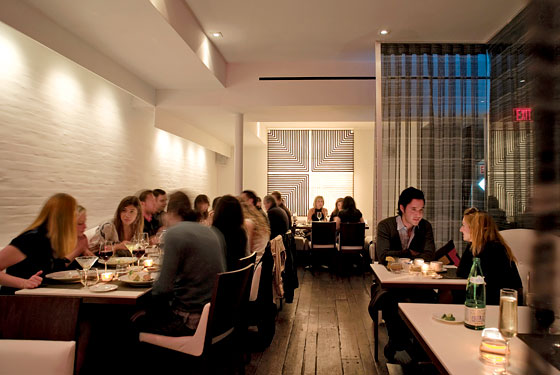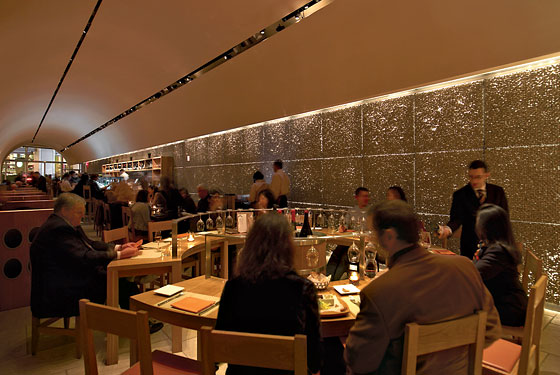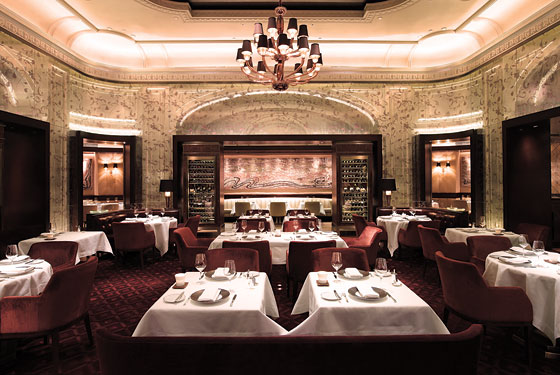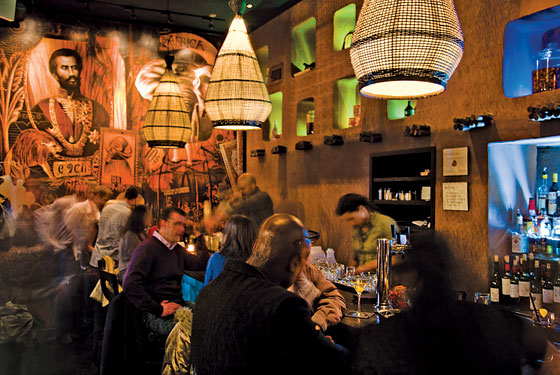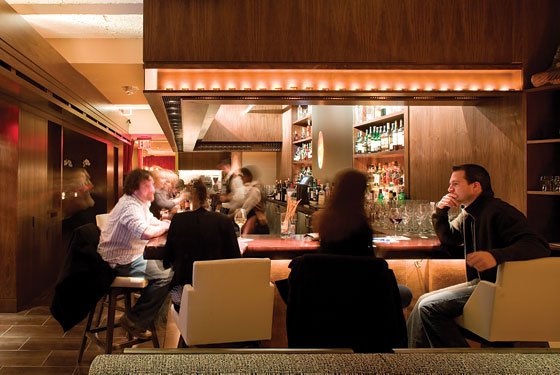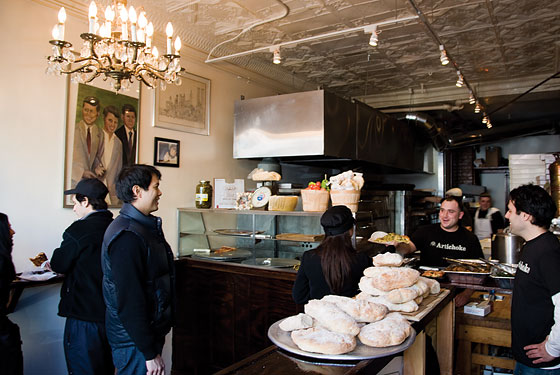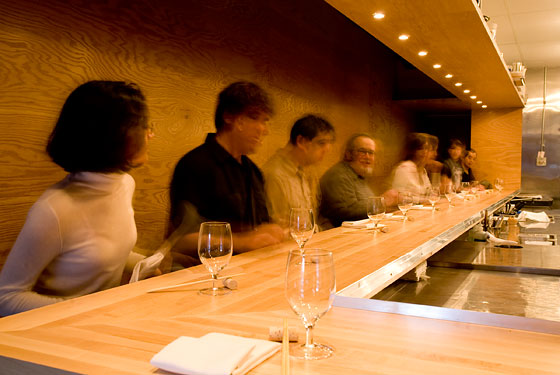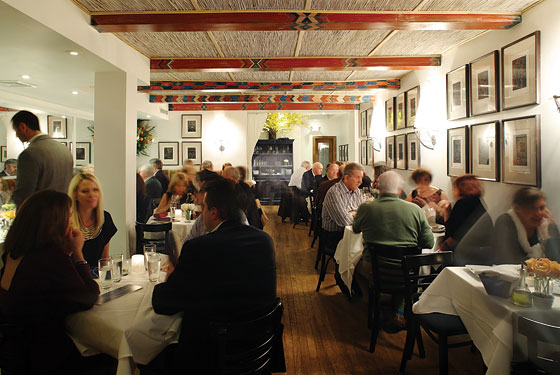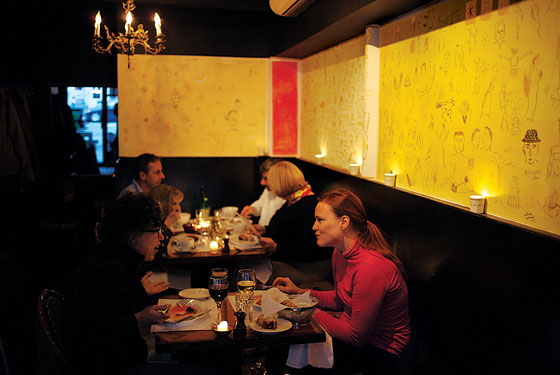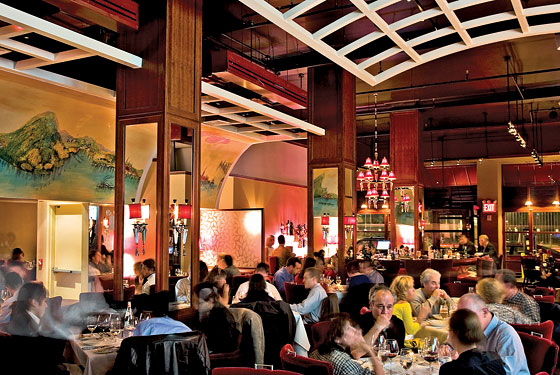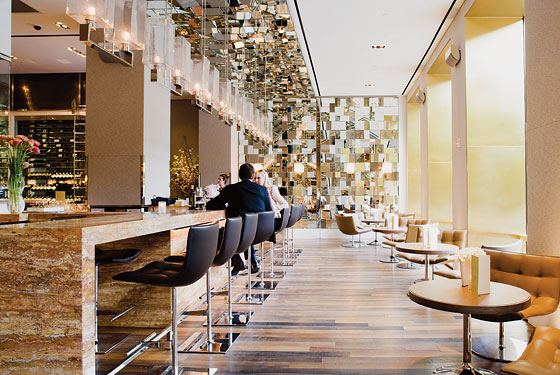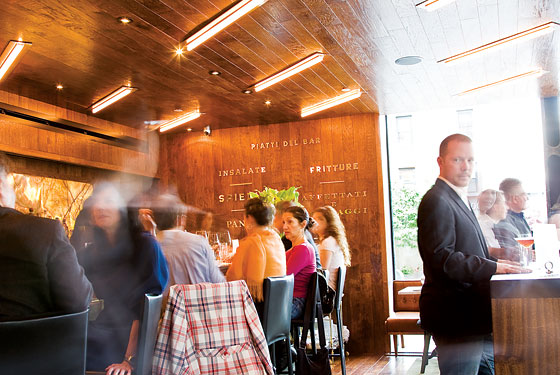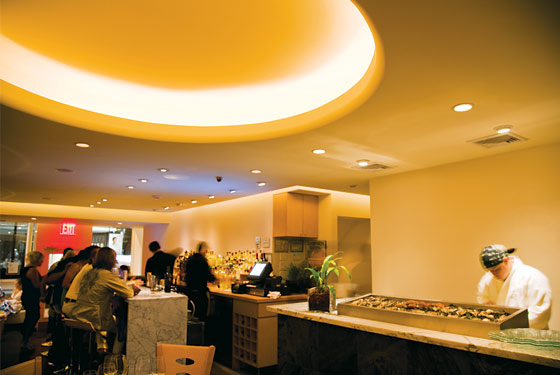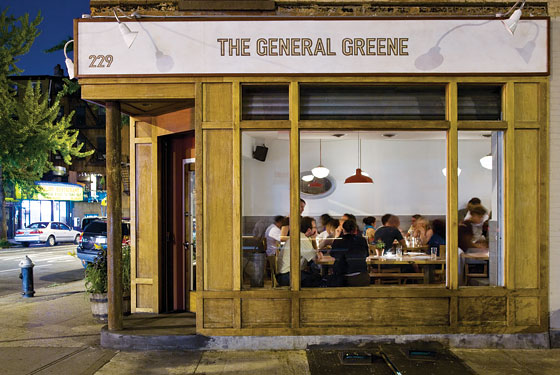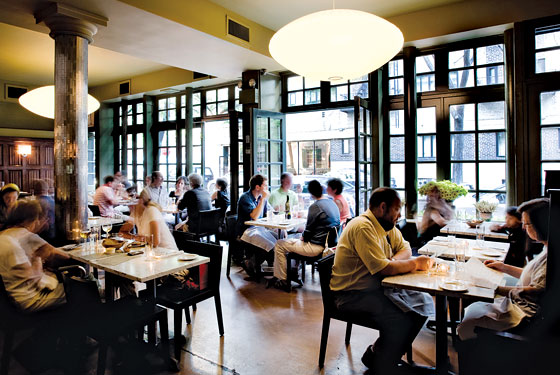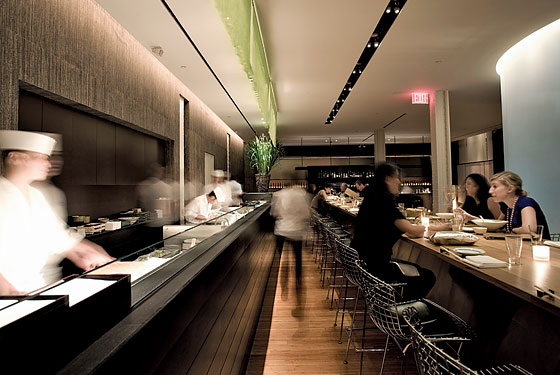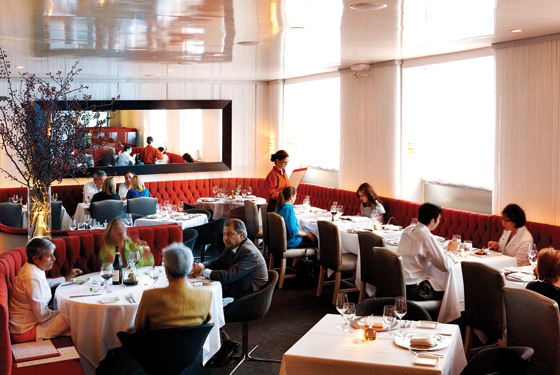
Many New Yorkers cherish memories of New England seacoast vacations. And a visit to a lobster pound, clam shack, or oyster bar poised by the water or on a dock is often one of those favorite sensory snapshots. The food isn't complicated—fried or boiled seafood, french fries, mayonnaisey coleslaw—but the taste is enhanced by the proximity of lapping waves and the smell of surf, and it provides a lasting lesson in the virtues of plainness and freshness.
While the city has always had its seafood palaces such as the Grand Central Oyster Bar, and homegrown clam shacks like Randazzo's in Sheepshead Bay, it wasn't until Pearl Oyster Bar opened in Greenwich Village in 1997 that an approximation of the intimate seaside spot became a trope of modern urban restaurateuring. It was followed by perhaps two dozen other places—and soon you could get a lobster roll from a café, truck, or food event in many New York neighborhoods.
Read more at http://www.villagevoice.com/





